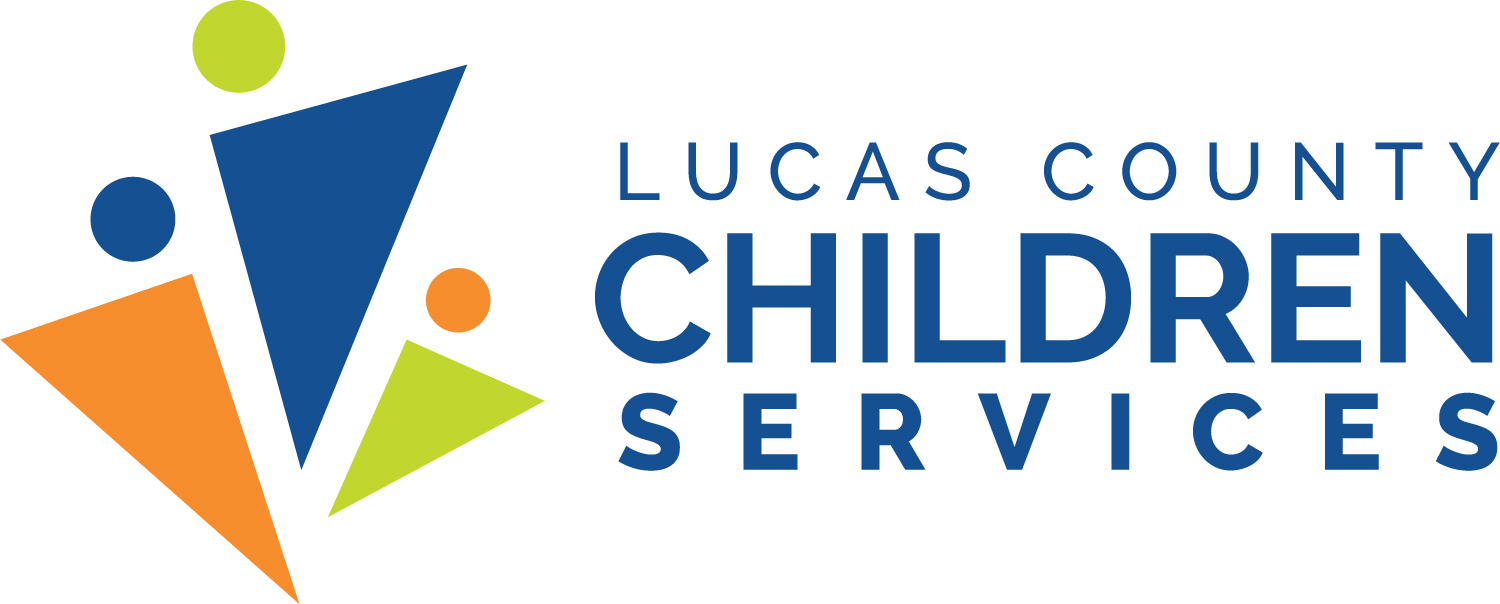Definitions
Understanding the Difference Between Child Abuse and Neglect
Some cases of child abuse and neglect are easily recognizable: an infant left alone in a hot car, a three-year-old with multiple facial bruises, a child who repeatedly is locked out of the house for long periods of time. However, these cases represent only a fraction of the many children who are in need of professional help.
What about the more subtle forms of abuse or neglect, such as verbal abuse, poor supervision, and overly strict discipline?
The key to recognizing the various forms of child maltreatment is a basic understanding of the meaning of the term child abuse and neglect. There are numerous factors involved in defining child abuse and neglect: cultural and ethnic backgrounds; attitudes concerning parenting; professional training and affiliation.
All of these contribute to a definition. In seeking commonly acceptable meanings, it is helpful to begin by distinguishing between abuse and neglect.
Abuse
Abuse represents an action against a child. It is an act of commission. Generally, abuse is categorized as follows:
Physical Abuse: the non-accidental injury of a child.
Sexual Abuse: any act of a sexual nature upon or with a child. The act may be for the sexual gratification of the perpetrator or a third party. This would, therefore, include not only anyone who actively participated in the sexual activity, but anyone who allowed or encouraged it.
Emotional Abuse: chronic attitude or acts that interfere with the psychological and social development of a child. Each of us is guilty of having unkindly snubbed a child or having criticized him too harshly, but emotional abuse is consistent and is chronic behavior. It usually is related to a constellation of interactions and is cumulative.
Three elements usually are involved in creating the environment for an incident of abuse:
- The abuser
- The victim
- A CRISIS
A crisis generally will be the precipitating factor that sets the abuser in motion. The crisis may come in any form or level of apparent severity; for example, the crisis may be the loss of a job, divorce, illness, death in the family; a child’s wet pants, consistent crying, a broken dish. What is significant is not what the crisis is, but what it creates — a situation beyond the abuser’s ability to cope in a normal manner. The culmination of the resulting frustration and anxiety is abuse.
Not all abuse is the result of frustration or stress. Abuse may occur for a wide variety of reasons, including inappropriate concepts of discipline, association of the child with negative events, and psychological disorder. Most abuse, however, does not occur as a result of willful desire to hurt a child.
Neglect
Neglect is failure to act on behalf of a child. It is an act of omission. Neglect may be thought of as child-rearing practices that are essentially inadequate or dangerous. It may not produce visible signs and it usually occurs over a period of time. Neglect generally is physical or emotional.
Physical Neglect: failure to meet the requirements basic to a child’s physical development, such as supervision, housing, clothing, medical attention, nutrition and support. For purposes of reporting, some agencies will further break this category into more specific acts of omission, such as medical neglect, lack of proper supervision, or educational neglect.
Emotional Neglect: failure to provide the support or affection necessary to a child’s psychological and social development. Failure on the part of the parent to provide the praise, nurturance, love, or security essential to the child’s development of a sound and healthy personality may constitute emotional neglect. The effects of extreme deprivation can be seen in the medical syndrome “non-organic failure to thrive.” Failure to thrive is a condition in which children show a marked retardation or cessation of growth. On a normal growth chart, failure-to-thrive children usually fall below the 3rd percentile.
(courtesy of the Ohio Department of Job and Family Services)
